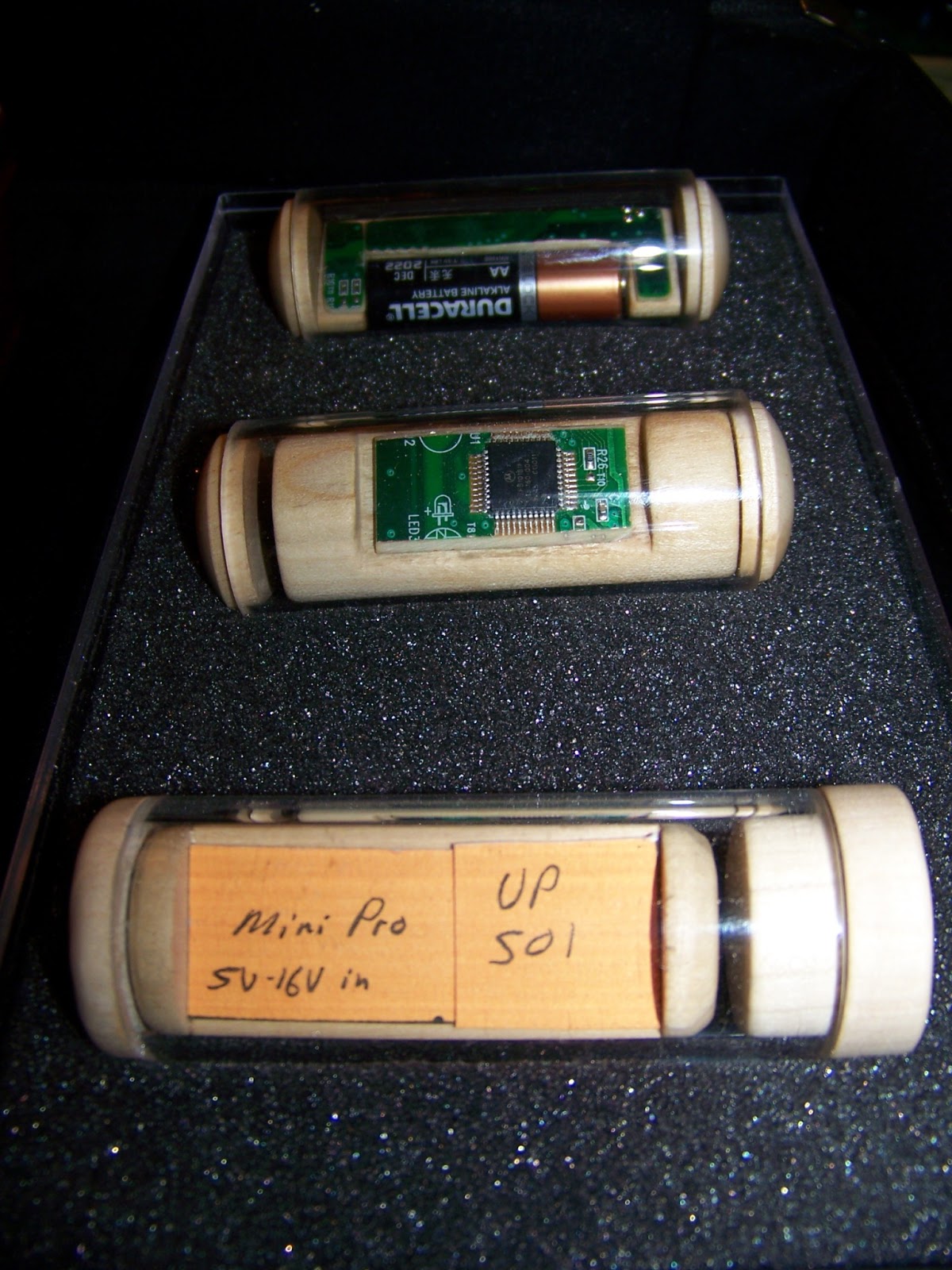The central element of this site is my PhD related work. I'm really interested in how network science, urban planning and social capital research can be woven together to generate new and valuable insight leading to better communities and cities.The significant levels of data we currently generate will only help us solve problems if we make use of them intelligently and involve a wide range of people and institutions in our civil society.
This is a great video that explains why looking at online social data is only a small part of the picture. It is vital that we understand the actual connections we have (or don't have) with other human beings. These patterns are always changing and may have become more brisk given the role of technology and other contemporary developments.
The Innovation of Loneliness from Shimi Cohen on Vimeo.
One of the terms used to describe these kinds of data/social science/planning/design approaches is urban informatics. There is a new Center for Urban Science and Progress at NYU that represents a good institutional expression of this approach.
On this site you can see my connections at the University of Waterloo, read a brief overview of my PhD research plan, scan my coursework, look at a selection of my papers, and consider the long-term ideas I'm chasing.If you have recommendations, collaboration ideas or want to talk about crossing points, you can contact me at:
ingenuityarts [ at ] g m a i l (dot) c o m
@ingenuityarts on Twitter
ingenuityskype on Skype
.jpg)






